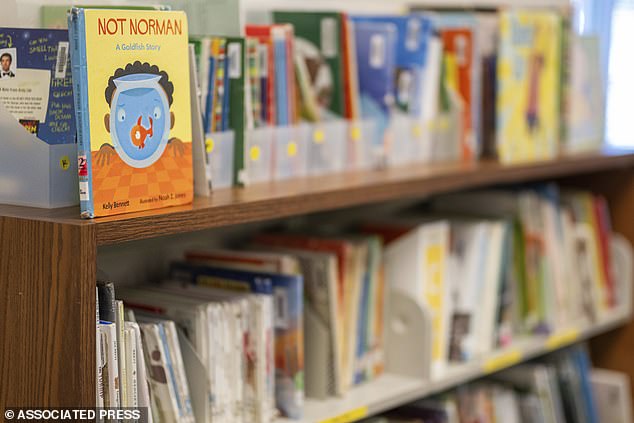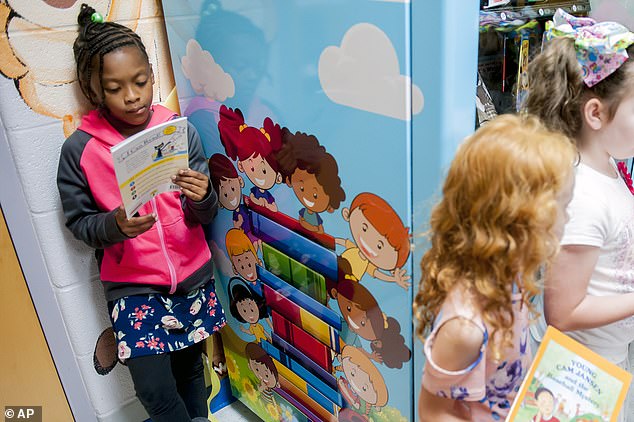Have we been teaching our kids to read in the wrong way for decades?
A new approach to teaching children to read has been implemented in schools across the country, with teachers seeing dramatic improvements in scores.
This approach to teaching literacy is known as the “science of reading” and emphasizes phonics, breaking words down into their individual sounds. In this way, children learn to decode words rather than memorize them.
A recent National Assessment of Educational Progress report revealed that a significant number of American fourth graders struggle with reading comprehension. More specifically, 65% are unable to read at grade level.
This disparity is even greater among students of color: 80% of Hispanic fourth-graders and 84% of Black fourth-graders are performing below expectations.
After decades of educational debates and experiments with different reading and writing techniques beyond phonics, there is a growing consensus among researchers, teachers and educators that the science of reading is a promising solution to improve early reading and writing outcomes.
A new approach to teaching children to read has been implemented in schools across the country, with teachers seeing dramatic improvements in reading comprehension scores

This approach to teaching literacy, known as the “science of reading,” emphasizes phonics, breaking words down into their individual sounds, helping children learn to decode words rather than memorize them.
In addition to Covid lockdowns that exacerbated the decline in reading ability, the push for ‘whole language education’ in the 1980s contributed to the overall decline in reading comprehension, according to KHOU.
Whole language learning is a method that encourages students to identify entire words rather than just relying on pronouncing individual letters. By using visual cues such as pictures and analyzing the context of a sentence, students can determine the correct word to use
However, this method of teaching has been criticized for its limited effectiveness in teaching decoding of unknown words.
Angelique Schoorens, a special education teacher known as Finally an EdED on TikTok, has been teaching for 14 years. She said she credits the widespread adoption of Lucy Calkins’ Units of Study model, which is based on the whole language approach, for today’s education crisis.
“The Units of Study have almost completely eliminated the phonics and phonetic awareness components of reading instruction in favor of the use of visual queues,” Schooners said. “What that means in practice is an entire generation of students who have never learned how to decode properly and therefore cannot read content-level words that contain more than one syllable.”
‘This manifests itself, for example, in a pupil in group seven who cannot read a word of two or three syllables from his physics book because he does not understand that the letters EA together form a long E sound.
‘This in turn affects their spelling skills and makes them less able to read, because they do not know how to decode the text properly.’

In addition to the Covid lockdowns that exacerbated the decline in reading ability, the push for “whole language education” in the 1980s contributed to the overall decline in reading comprehension.
“Understanding is super important, but you also have to know how to read the words on the page in front of you.”
The teacher concluded that the Units of Study model harmed students by neglecting phonics instruction and leading to unnecessary referrals to special education.
‘Students who would not have needed specialized reading instruction if they had been in a phonics-based program have been referred to special education for years, not because of a disability, but because of poor instruction.’
